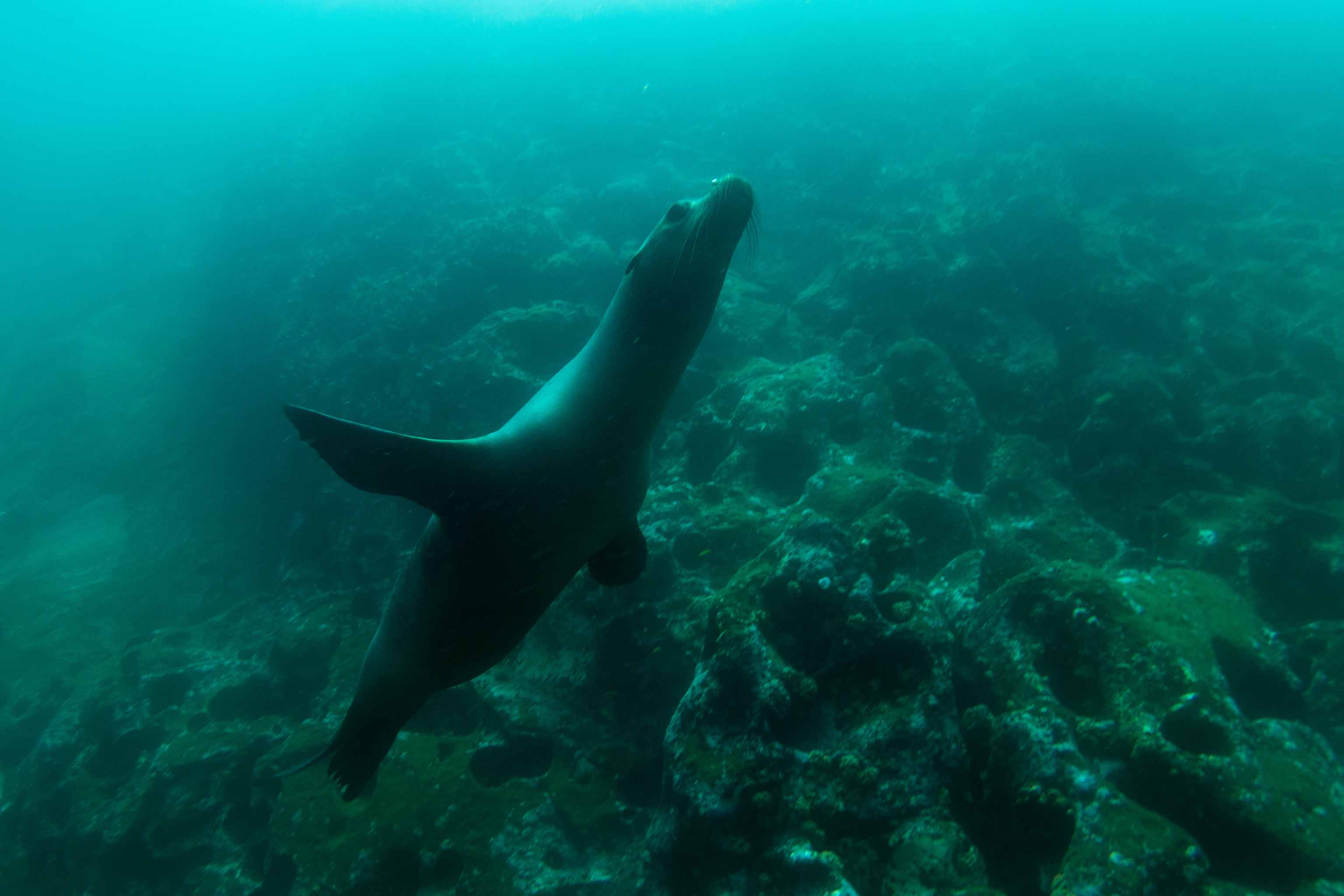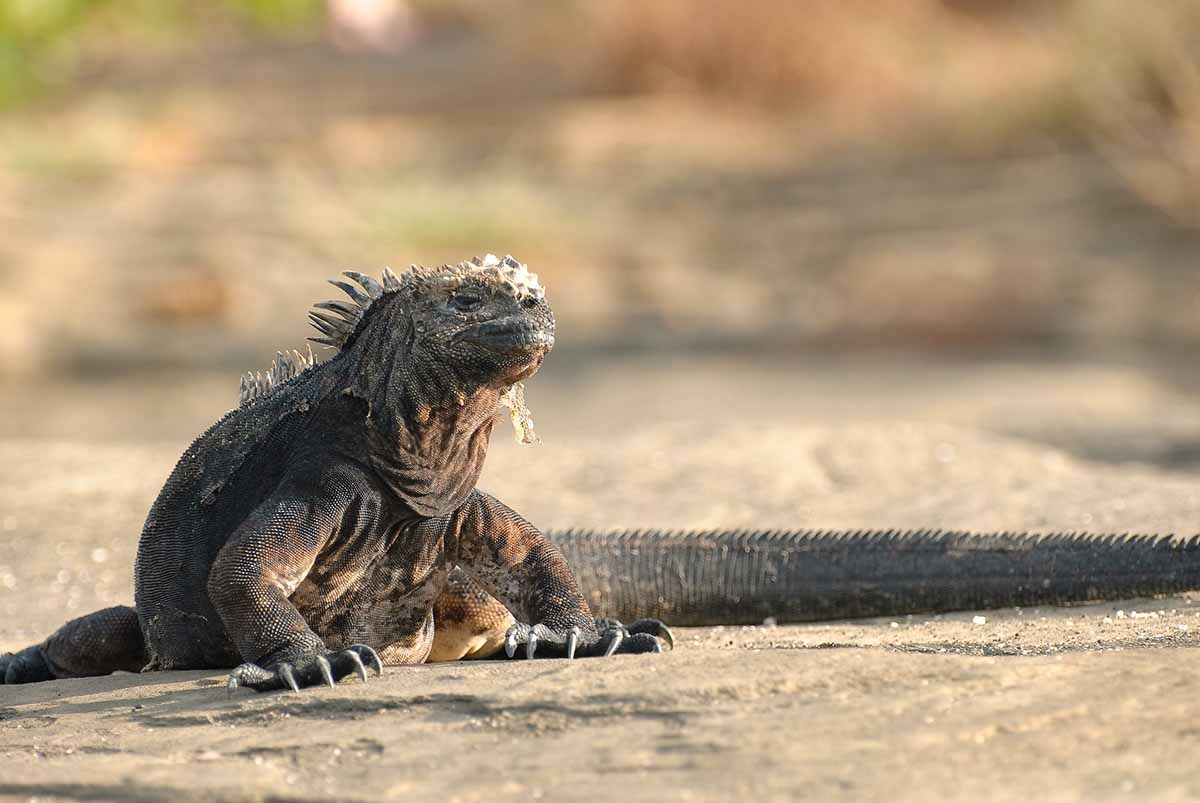This 8-day/7-night itinerary takes you on a cruise to see the Galapagos Islands' highlights. Santa Cruz Island is one of the highlights. You'll also visit San Cristobal Island and Espanola Island. There are many species of animals to see, such as giant tortoises and sea lions. You can also expect to encounter penguins. Also, you will have the chance to kayak, snorkel and hike. Anyone who is interested in experiencing the beauty and wildlife that the Galapagos Islands have to offer will enjoy this trip.
The Tower Itinerary 8 Days
Arrival at Baltra Airport
The Highlands of Santa Cruz
In the Santa Cruz highlands, you can see Galapagos tortoises in their natural habitat.
Charles Darwin Station
Charles Darwin Station, a National Park Information Center and research center. Charles Darwin Station is home to a land iguana and giant tortoise breeding program.
South Plaza Island
Plazas is made up of two small islands, which were raised from the ocean and separated by a narrow channel. South Plazas is the only one with a visitor's site. Highlights include tall Opuntia Cactus and land and marine Iguanas. A rocky cliff overlooking the ocean is a nesting area for gulls and red-billed tropical birds.
Santa Fe Island
Santa Fe, a 24km2 island is smaller. Santa Fe visitor center is situated on the north-east end of the Island. Santa Fe's land iguanas are one of the highlights. Other attractions include a sea lion colony and mockingbirds.
San Cristobal Island
San Cristobal, the easternmost of the Galapagos Islands and one of its oldest islands.
Cerro Brujo
Cerro Brujo, a volcano cone on the western side of San Cristobal overlooks a white sand-beach. Sally Lightfoot Crabs, sea lions and marine iguanas are some of the highlights.
Galapaguera & El Junco
This lagoon, located in San Cristobal's highlands at 700m altitude, is the only freshwater reservoir on Galapagos. It offers spectacular views. This lagoon was formed by rainwater that has collected for centuries in the caldera.
Galapaguera offers a chance to observe tortoises living in their natural habitat.
Espanola Island
Espanola, the oldest Southern Island in the Archipelago is also the most southern. Due to its isolated location, a wide range of unique endemic species have evolved.
Gardner Bay
The site is located in the northeastern part of the island. It has an extensive white-sand beach that's home to sea lion colonies.
Islote Garnder, Islote Isborn
Snorkeling is possible on these islands, where you can see a variety of fishes and animals, including turtles, coral reef sharks, tropical fishes, etc.
Punta Suarez
Punta Suarez has a wide variety of wildlife. The blowhole is located along the cliff where the seawater can be forced up to 20m. Highlights include the Waved Albatross that is only found in Hood (April to December), Galapagos Hawks and blue-footed, Nascar, or Espanola Lava Lizards.
Floreana Island
Floreana's colorful past is a result of the buccaneers and whalers who inhabited it, as well as convicts and early colonists.
Punta Cormorant
Punta Cormorant is home to two beaches that are very different and an inland lagoon with pink flamingos.
Devils Crown
The snorkeling spot is located near Punta Cormorant. This site is an entirely submerged volcanic cone that's been eroded into a jagged appearance.
Post Office Bay
It is one of only a few places that are visited to learn about its history. The wooden barrel is where you can drop off or pick up letters. You will also see the remains of a Norwegian fishing village.
Santa Cruz Island: Dragon Hill
Dragon Hill can be found on the northwest side of Santa Cruz Island. There are small lagoons filled with flamingos and Palo Santos trees as well as Opuntia Cactus.
Santiago Island
Santiago Island lies between Isabela Island and Santa Cruz Island.
The island is home to a variety of marine iguanas, fur seals, and seabirds.
Sullivan Bay
The site has great geological value. Highlights include a 100-year old lava field, pahoehoe structures, and lava bubbles.
Genovesa Island
Genovesa, a flat eroded volcanic island with a submerged caldera, is a volcanic island that has a naturally formed harbor.
Darwin Bay
This area is dominated by the steep cliffs. The area hosts thousands of frigatebirds as well as red-footed bobies.
Darwin's finches.
El Barranco
This site is an excellent place to see the "short-eared" owl. Fur seals, seabirds of different species and other wildlife can be seen during the boat rides.
Santa Cruz Island: Caleta Tortuga
Turtle Cove, a lagoon of red mangroves on Santa Cruz Island is an excellent example of the way mangroves change marine environments to produce a unique and rich habitat.
Baltra Island
Flights to Quito




Included
- Accommodation (sharing double cabins)
- Meals
- Excursions led by professional Naturalist guide
- Use of snorkel equipment
- Wetsuit
- Use of kayaks
- All transport between visitor sites and yacht
- Tea, coffee, water and natural juices
- Welcome cocktail
Not Included
- Air tickets to and from the Galapagos. Tickets have to be bought with Enchanted Expeditions - US$50 dollars net surcharge per pax if not
- National Park fees (US$100)
- Transit Control Card (US$20)
- Bottled beverages on board
- Isabela Municipal dock fee (US$10 per person)
Highlights
- Land iguanas, marine iguanas, lava lizards, sea lions, fur seals, giant tortoise, Galapagos snake.
- Golden mustard rays, eels, white tip reef sharks, sea turtles, possible hammerheads, varieties of fish.
- Waved albatross (March to December), darwin finches, bluefooted/ redfooted/ nazca boobies, swallowtailed gulls, redbilled tropic birds, hood mockingbirds, galapagos dove, galapagos hawk, short eared owl, lava herons
- Tall opuntia cacti, salt bush, lantana, prickly pear cactus, manzanillo, palo santo, thorn bush, yellow cordia
- Walking, hiking, snorkeling, swimming, kayaking (certain sites), relaxing